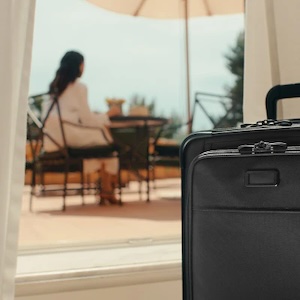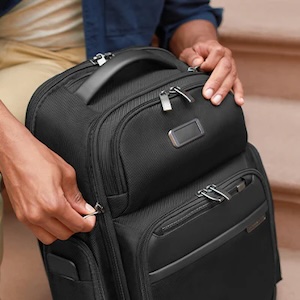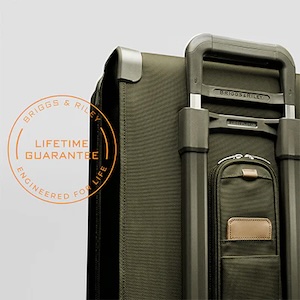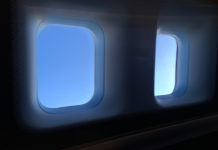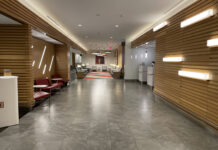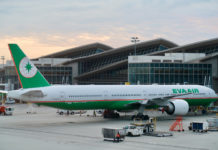TravelingForMiles.com may receive commission from card issuers. Some or all of the card offers that appear on TravelingForMiles.com are from advertisers and may impact how and where card products appear on the site. TravelingForMiles.com does not include all card companies or all available card offers.
Some links to products and travel providers on this website will earn Traveling For Miles a commission that helps contribute to the running of the site. Traveling For Miles has partnered with CardRatings for our coverage of credit card products. Traveling For Miles and CardRatings may receive a commission from card issuers. Opinions, reviews, analyses & recommendations are the author’s alone and have not been reviewed, endorsed, or approved by any of these entities. Terms apply to all credit card welcome offers, earning rates and benefits and some credit card benefits will require enrollment. For more details please see the disclosures found at the bottom of every page.
I’ve never really paid any attention to what an aircraft has or doesn’t have when it’s first delivered to an airline as, frankly, I don’t really care. As long as it has whatever cabins we’ve been promised and is airworthy (sadly, not something that’s always guaranteed if it has been made by Boeing), that has been good enough for me, and that’s probably why the aircraft on one of my more recent flights caught me by surprise.
Recently, I was flying within Europe on a British Airways A321neo and one of the first things that I noticed when I boarded was that the overhead bins in the aircraft were configured to allow cabin bags to be stored on their sides (I think this may be the ‘Airspace’ design, but I’m not sure).
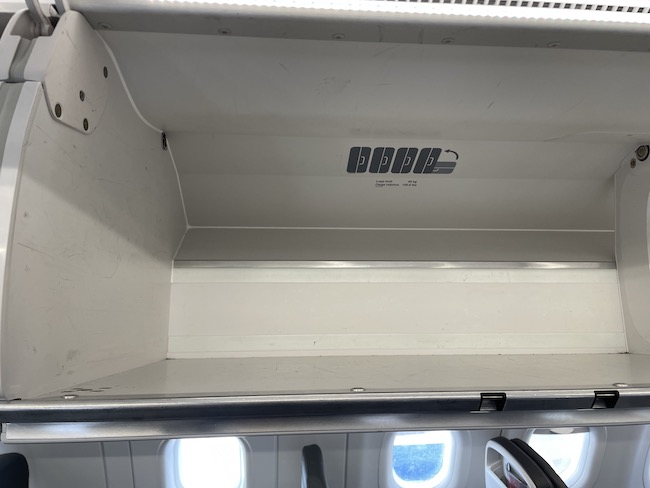
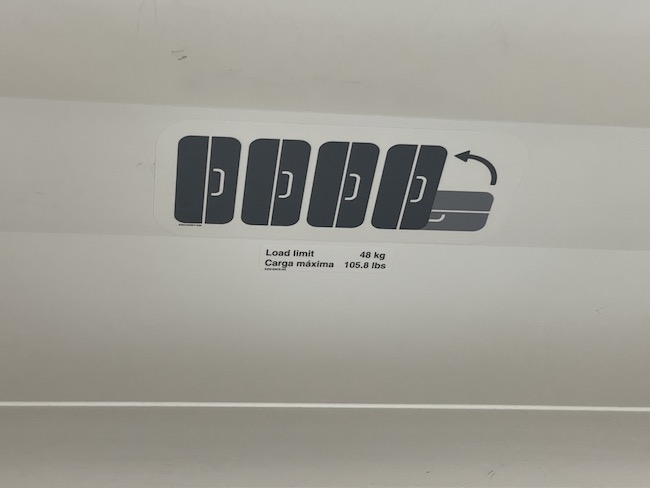
This isn’t a new concept (Alaska Airlines was fitting this type of storage bin into some of its aircraft back in 2015), but as I hadn’t come across this on many of my other BA short-haul flights, this suggested to me that I was probably flying on a relatively new aircraft … and I was.
A quick check showed that I was flying on G-TNEA which had been delivered to BA at the end of October last year, so it had been in the airline’s fleet for approximately four months.

The second thing that I noticed (once I had taken my seat) was that the seatback that I was facing was devoid of any signage (other than the small sign that could be seen when the tray table was down).
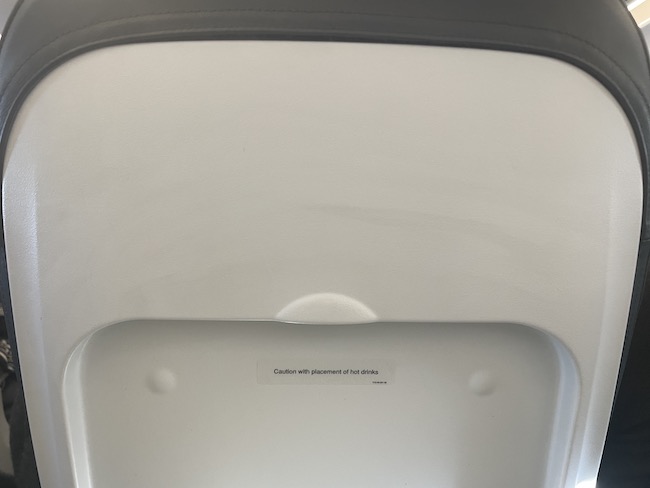
I’ve been on enough BA short-haul flights to know that what you usually find yourself staring at when you sit down is information about the inflight wifi and the seat power.
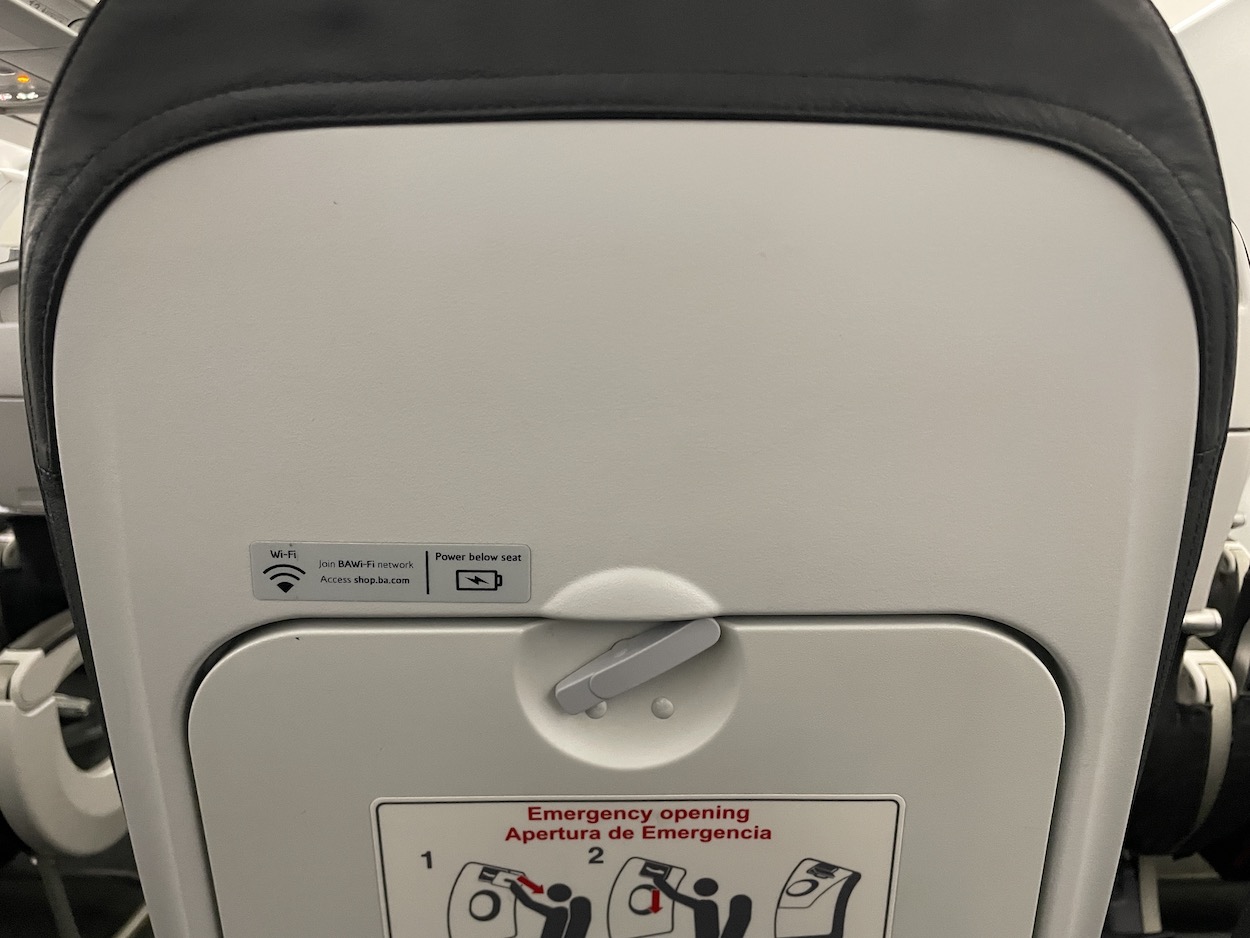
A glance around at the other seats that I could see in the cabin revealed that they too were devoid of any signs, but as my seat had 2 USB-A outlets under it, I assumed that the lack of signage didn’t mean very much.
I was wrong. The signs were absent because, as I soon found out, this 4-month-old aircraft wasn’t equipped with wifi, and that struck me as being a little strange.
Not that I’ve ever given this much thought, but I’ve always assumed that ordering an new aircraft is, in many ways, similar to ordering a new car – you take a look at the options sheet, you choose which options you want to add, and you then hand over way more money than you originally planned to spend because you couldn’t resist a bunch of options that you’ll never really need but that ‘may be useful to have’.
Apparently not.
A quick dive into the internet soon told me that British Airways A320neo/A321neo aircraft don’t come with factory fitted wifi, and that it’s only at some point after delivery that the wifi gets retrofitted.
More importantly, it would seem that the wifi systems don’t get fitted particularly quickly.
The aircraft I was on had been flying for 4 months and still hadn’t been upgraded, and the aircraft mentioned in the FlyerTalk thread linked above had been flying for 6 months and hadn’t been upgraded, and I find this a little bizarre.
Why would a new aircraft be delivered without all the required components?
Given that Airbus technology allows an aircraft to land itself, I would assume that Airbus can also engineer whatever technology is required for inflight wifi (or at least fit someone else’s technology), so why is BA taking delivery of aircraft that don’t come with wifi?
The more I think about this, the more questions I seem to have.
Does Airbus choose not to offer a wifi option?
Does Airbus refuse to fit some (or all) external wifi systems?
Is it significantly cheaper to fit an ‘aftermarket’ wifi system than it is to fit a system while the aircraft is being constructed?
Is BA’s aftermarket wifi system better then whatever Airbus offers (assuming that it actually offers a wifi system)?
Is there anything else that gets fitted to aircraft after they have been delivered or is this just something that’s limited to wifi technology?
Is this something unique to British Airways or are other airlines doing the same thing?
I have no answers to any of these questions, so if you can shed a light on why BA is flying brand new aircraft that haven’t yet been fitted with wifi, please let me know in the comments.



